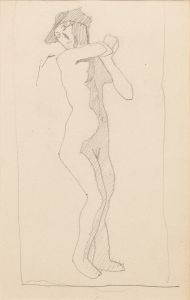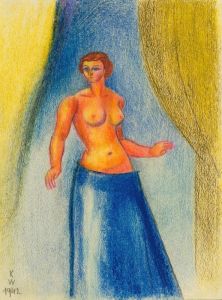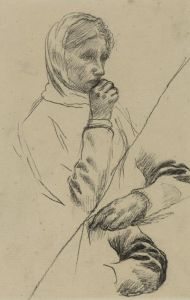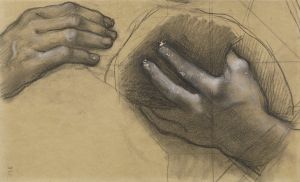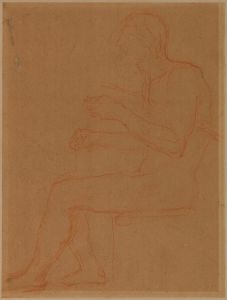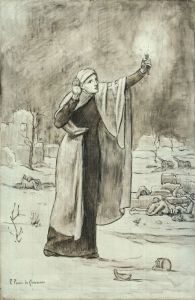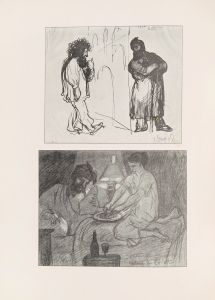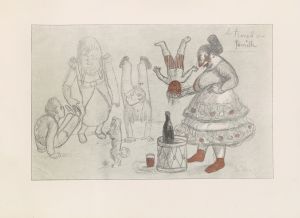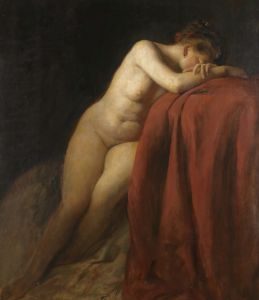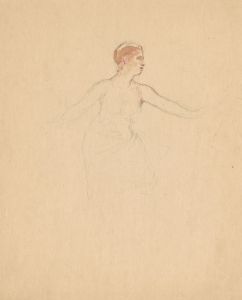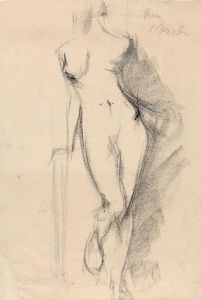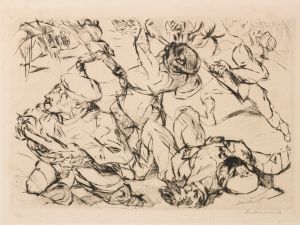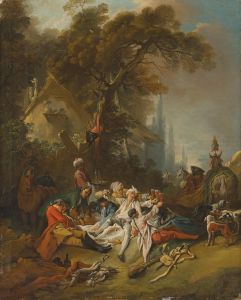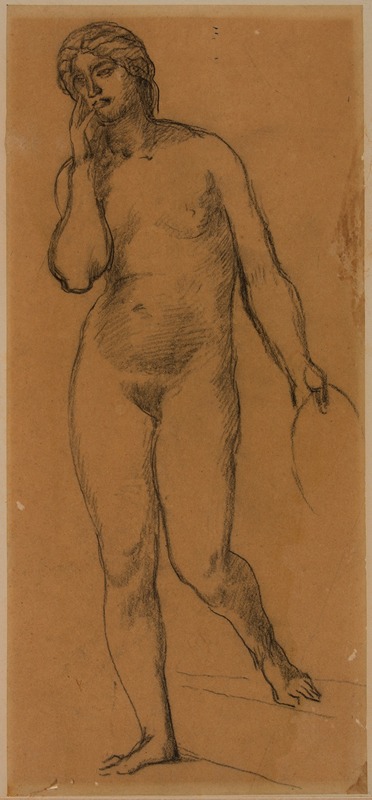
Femme nue debout, de face
A hand-painted replica of Pierre Puvis de Chavannes’s masterpiece Femme nue debout, de face, meticulously crafted by professional artists to capture the true essence of the original. Each piece is created with museum-quality canvas and rare mineral pigments, carefully painted by experienced artists with delicate brushstrokes and rich, layered colors to perfectly recreate the texture of the original artwork. Unlike machine-printed reproductions, this hand-painted version brings the painting to life, infused with the artist’s emotions and skill in every stroke. Whether for personal collection or home decoration, it instantly elevates the artistic atmosphere of any space.
Pierre Puvis de Chavannes was a notable French painter of the 19th century, recognized for his contributions to Symbolism and his influence on modern art. One of his works, "Femme nue debout, de face" (Nude Woman Standing, Front View), exemplifies his distinctive style and thematic focus.
Puvis de Chavannes was born on December 14, 1824, in Lyon, France. He initially pursued a career in engineering before turning to art, studying under Eugène Delacroix and Thomas Couture, among others. His artistic journey led him to develop a unique style characterized by muted colors, simplified forms, and a focus on allegorical and symbolic subjects.
"Femme nue debout, de face" is a painting that reflects Puvis de Chavannes' interest in the human form and his ability to convey emotion and narrative through simplicity. The painting features a nude woman standing in a frontal pose, a common subject in art that allows for the exploration of human anatomy, beauty, and expression. Puvis de Chavannes' approach to the nude figure is often more reserved and idealized compared to the more sensual interpretations by some of his contemporaries.
The composition of "Femme nue debout, de face" is likely to be characterized by Puvis de Chavannes' typical use of soft, harmonious colors and a serene, contemplative atmosphere. His works often convey a sense of timelessness and universality, achieved through the use of classical themes and a restrained palette. This painting, like many of his others, might reflect his interest in creating a sense of calm and introspection, inviting viewers to engage with the work on a deeper, more emotional level.
Puvis de Chavannes' influence extended beyond his own time, impacting artists such as Georges Seurat, Paul Gauguin, and the Symbolists. His ability to blend classical themes with modern sensibilities helped pave the way for future movements in art, including modernism and abstraction. His works are often seen as a bridge between the traditional academic art of the 19th century and the avant-garde movements that followed.
While specific details about "Femme nue debout, de face" may not be extensively documented, it is clear that the painting fits within the broader context of Puvis de Chavannes' oeuvre. His works are housed in various museums and collections around the world, reflecting his enduring legacy and the continued interest in his artistic contributions.
Puvis de Chavannes passed away on October 24, 1898, in Paris, leaving behind a body of work that continues to be studied and appreciated for its unique blend of classical and modern elements. His approach to painting, characterized by its simplicity, elegance, and emotional depth, remains influential and relevant in the study of art history.





